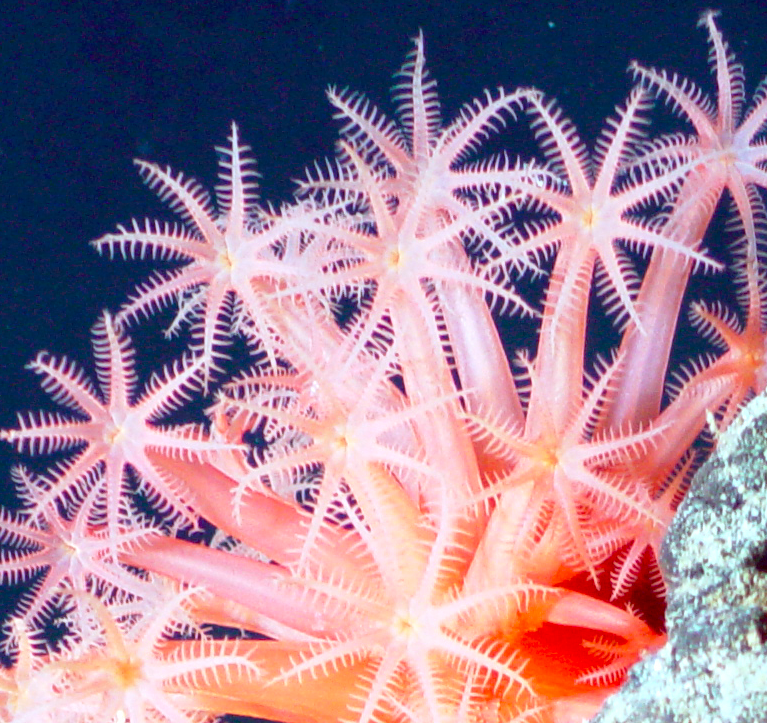Feminist SciFi
Feminists have always strived to envision a different world; what better way to do so than science fiction? In 1666, Margaret Cavendish wrote The Blazing World, a story which imagined a utopian society in another world where there are no social divisions.
Since that time, feminist SciFi has imagined both utopian and dystopian societies and everything in-between. For example, Madeleine L'Engle's A Wrinkle in Time was written in 1962, when little girls were supposed to play with dolls and at best pretend to be a princess. Her story of a girl who uses mathematical physics to travel the universe and battle evil is still inspiring children today.
As feminist SciFi evolves, it has reimagined the very basis of gender. In The Left Hand of Darkness by Ursula K. Le Guin (1969), the Individuals on planet Gethen are 'ambisexual' with no fixed gender (as Le Guin is the daughter of famed anthropologists who studied gender fluidity in Native Americans, one could also think of her work as having some relation to Native American SciFi). In Octavia Butler's Xenogenesis series, aliens have 3 genders (and they have innovative practices around race as well, which is one reason why she overlaps both feminist and AfroFuturist SciFi).
Butler's alien-human hybrids in Xenogenesis have tentacles where one would expect hair. She modeled these on real-life Cnidaria, which in include corals and jellyfish. Here we see an example of Alcyonacea, also known as 'gorgonian corals'.

Marge Piercy's books such as He, She and It inspired Donna Haraway's social theory of the cyborg, in which feminists began to question the then-prevalent assumptions that tied women to Nature and men to Technology; positing instead that we are “always already” cyborgs, from our early co-evolution with fire to the current vaccines that re-program our immune systems.